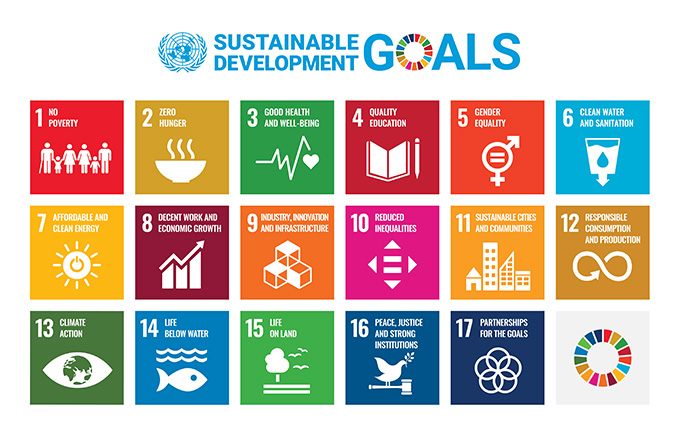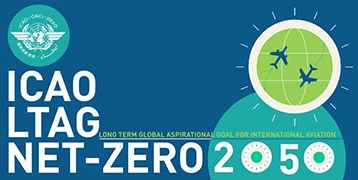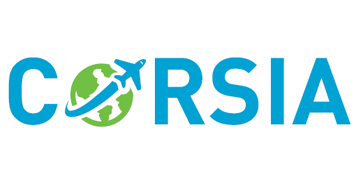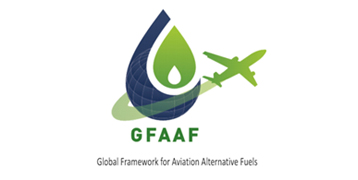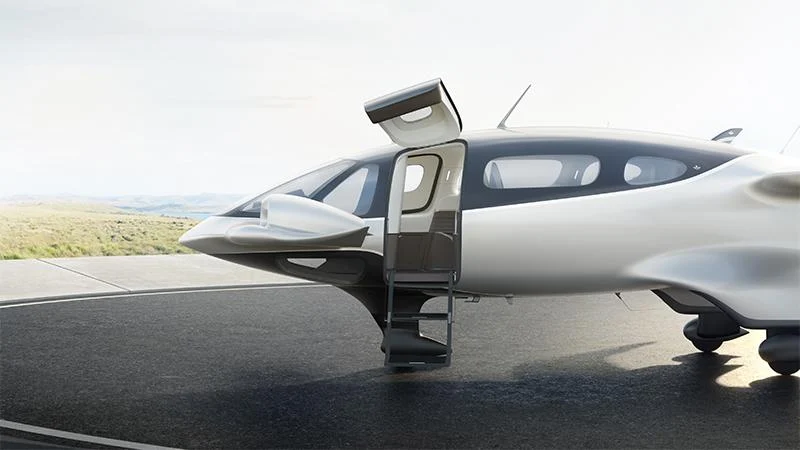
Sustainable aviation has taken a beating in the first months of 2025, headlined by the climate-skeptical U.S. President Donald Trump administration’s decision to cut all funding for “green aviation” projects from NASA’s budget for aeronautics research.
In February, Airbus delayed development of a hydrogen-powered zero-emission airliner by five to 10 years and cut back funding for research, cancelling plans to flight test a liquid-hydrogen fuel-cell propulsion system on a modified A380.
In April, Boeing paused its NASA-backed program to build an X-plane flight demonstrator for the drag-reducing transonic truss-braced wing, releasing engineers to help complete delayed certification of the 737-7 and -10 and 777X.
Between those two seismic events, European turboprop maker ATR delayed the launch of a planned hybrid-electric version of the ATR regional turboprop, arguing that battery performance will remain insufficient for several more years and a 2032 service entry goal was unrealistic.
These retrenchments by the major commercial aircraft OEMs firmly handed the baton for sustainable aviation to startups developing electric and hydrogen propulsion systems and aircraft. But the first of months of 2025 have been no kinder to them.
German electric air taxi developer Lilium filed for insolvency not once, but twice after failing to raise additional funding, while U.S.-based Eviation paused work on its electric regional aircraft in a dispute between the major shareholder and its founders.
More failures are likely because the funding climate for aviation startups is brutal. The billions of dollars already raised have yet to result in viable, certified products and investors are skeptical. This leaves a handful of well-funded startups as the vanguard for a new era of aviation.
It is not quite time to write the epitaph for sustainable aviation. At its summit in March, Airbus said it remained committed to hydrogen, but more time was needed to mature the technology and develop the infrastructure to ensure a hydrogen airliner would be competitive and not a Concorde-like commercial failure.
Cancelling plans to fly the X-66, Boeing said it would build a ground-based testbed to evaluate the potential of long, thin wings before making any decision on a flight demonstration. Airbus is already building and testing thin wings, but without the supporting truss that was a central feature of the X-66.
Both decisions call into question the timing and ambition of Airbus and Boeing’s plans to develop next-generation single-aisle airliners. While hydrogen was not a factor, Airbus’ reversal has focused attention on its next major decision: whether to choose an open rotor engine. The jury is still out.
Behind the OEMs’ retrenchment is the reality that, even as airlines publicly question the achievability of their net-zero 2050 target, Airbus and Boeing are struggling to deliver against the massive backlogs for their existing narrowbodies. The incentive to move fast is not there.
Which leaves it to the startups to move fast, even if they must start small. The initial targets for electric, hybrid and hydrogen propulsion retrofits are the nine-passenger Cessna Caravan, by around 2027, followed by 19-seaters and, perhaps by the end of the decade, 40-seaters and upward.
Even if they are successful, because of their limited seating capacity and range capability, such retrofits will not move the aviation emissions-reduction needle far. But the hope is they will establish the passenger appeal, operational suitability and economic viability of sustainable aircraft and set the stage for an eventual scaling up in which major OEMs play their more traditional roles as followers and not innovators.
Source: https://aviationweek.com/air-transport/airlines-lessors/manufacturers-are-retreating-their-sustainable-aviation-projects



 Back
Back
